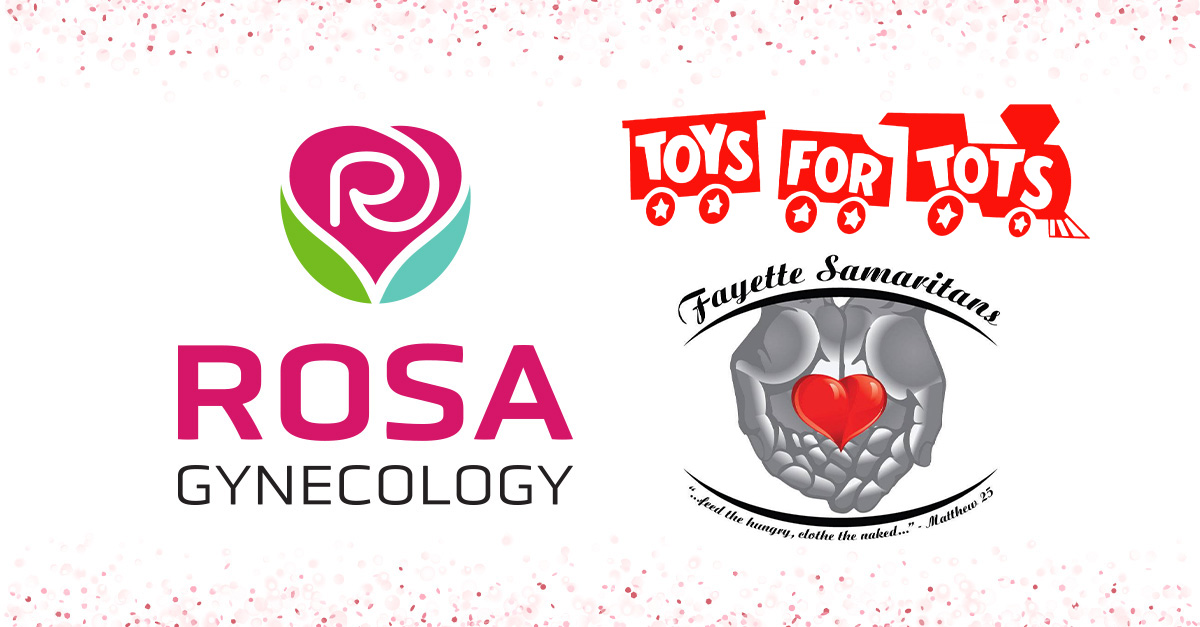After your body has grown and birthed a human, you’ll need ample time to rest and heal. Whether you’ve delivered vaginally or via C-section, afterward your uterus will have an eight-and-a-half-inch wound – roughly the size of a dinner plate – left behind from your placenta immediately after birth. In the days that follow, your uterus will do the important work of shrinking back down to the size of a tennis ball. Through the midst of it all, your breast milk will come in, your hormone levels will shift, and you may feel the rollercoaster of emotions that come with being postpartum and trying to figure out life with a new baby.
All this to say: There’s absolutely no need to rush into exercise after you’ve given birth. But for many women, movement is an important form of self-care. So when you are ready to get out there again, what’s best for your body after childbirth? Let’s take a look.
When Can You Start Exercise After Pregnancy?
As with many aspects of pregnancy and life postpartum, the answer is, “it depends.” If you’ve had a vaginal delivery and a pregnancy free from complications, you may feel ready to begin light physical activity as soon as a few days after giving birth.
But if you had a C-section – which is considered a major surgery – you’ll want to get clearance from your doctor before you begin working out. The procedure comes with normal post-op risks such as bleeding, so take it easy as you recover. The same goes for pregnancies with complications such as preeclampsia: consult your OB for guidance on physical activity, since your goal is to get moving safely.
What Are the Best Exercises to Do After Pregnancy?
When you feel up to exercising, aim to gradually work towards 150 minutes of moderate-intensity aerobic activity each week. This type of movement gets your heart rate up to the point where you can still carry out a conversation, but wouldn’t be able to sing. Brisk walking is a perfect way to hit this goal. (And your baby might love the change of scenery, too!)
Exercising provides plenty of benefits for postpartum women, including energy boosts, better sleep, stress relief, weight management, and potentially even prevention of postpartum depression. It can also help strengthen your abdominal muscles, which have been stretched by your growing baby.
You’ll want to take care to choose the right exercises after pregnancy, however, as some could actually cause more damage if you have diastasis recti. In this condition, a separation develops down the middle of your stomach between your abdominal muscles. Work on gentle mat exercises to build strength gradually, such as toe taps, leg extensions, pelvic tilts, and cat-cow poses.
Lastly, there’s another important but commonly overlooked area that you can soon exercise during postpartum recovery: your pelvic floor. Since these muscles experience extra pressure and possibly strain from the weight of your growing baby, it’s important to recondition them after birth. Doing so can prevent complications like stress incontinence or even prolapse. Good examples of pelvic floor exercises after pregnancy include Kegels, clamshells, pelvic tilts, and breathing exercises targeting your deep abdominal muscles.
Have Post-Birth Exercise Concerns? Schedule an Appointment With Rosa Gynecology
Your postpartum gynecological wellness is an ongoing journey, and it’s important to have the right provider at your side. For compassionate care and comprehensive services, turn to Rosa Gynecology. Our specialists offer both preventive care as well as treatment of gynecological issues. To schedule an appointment, contact us online or call 770-487-9604.




